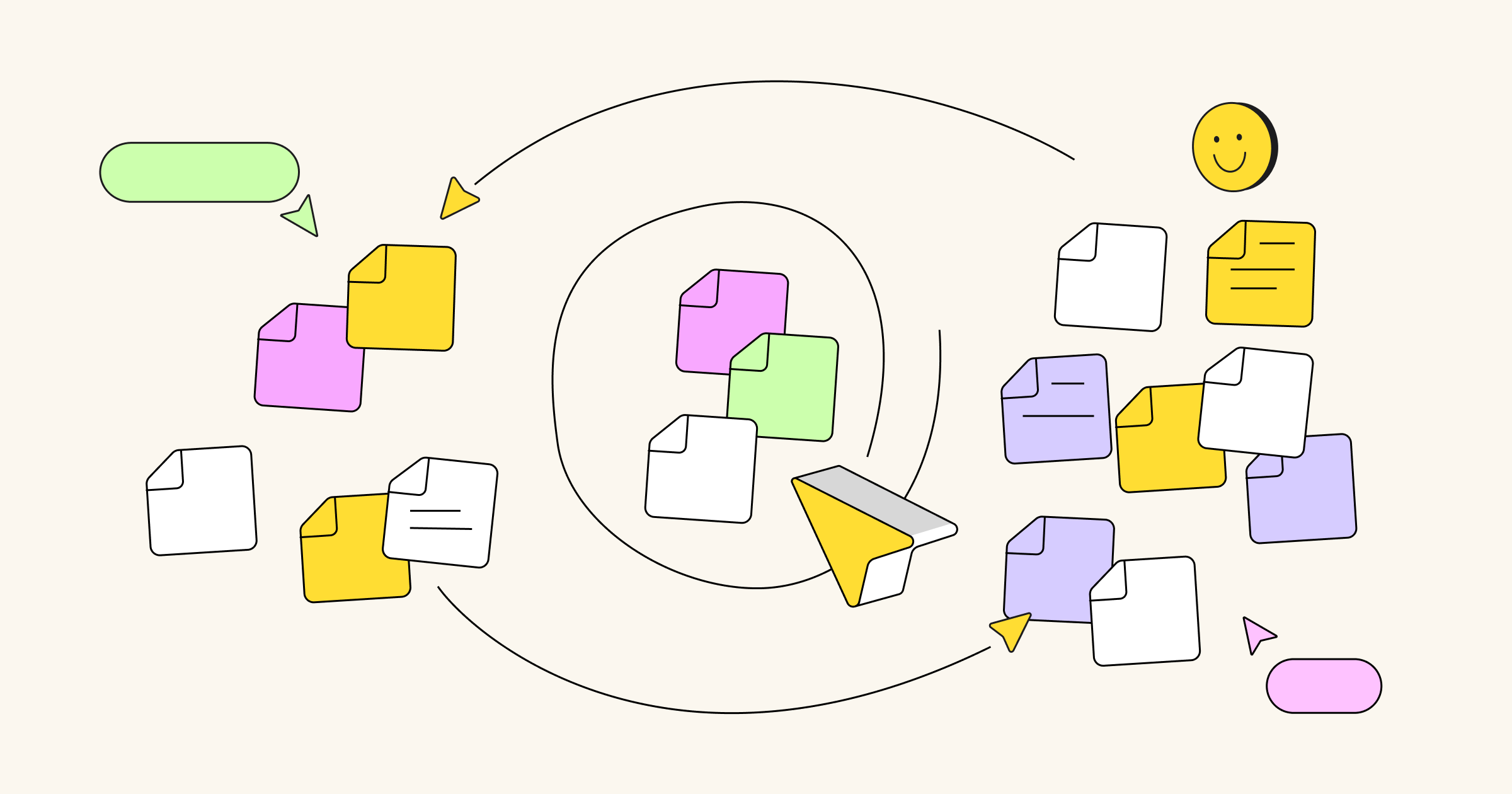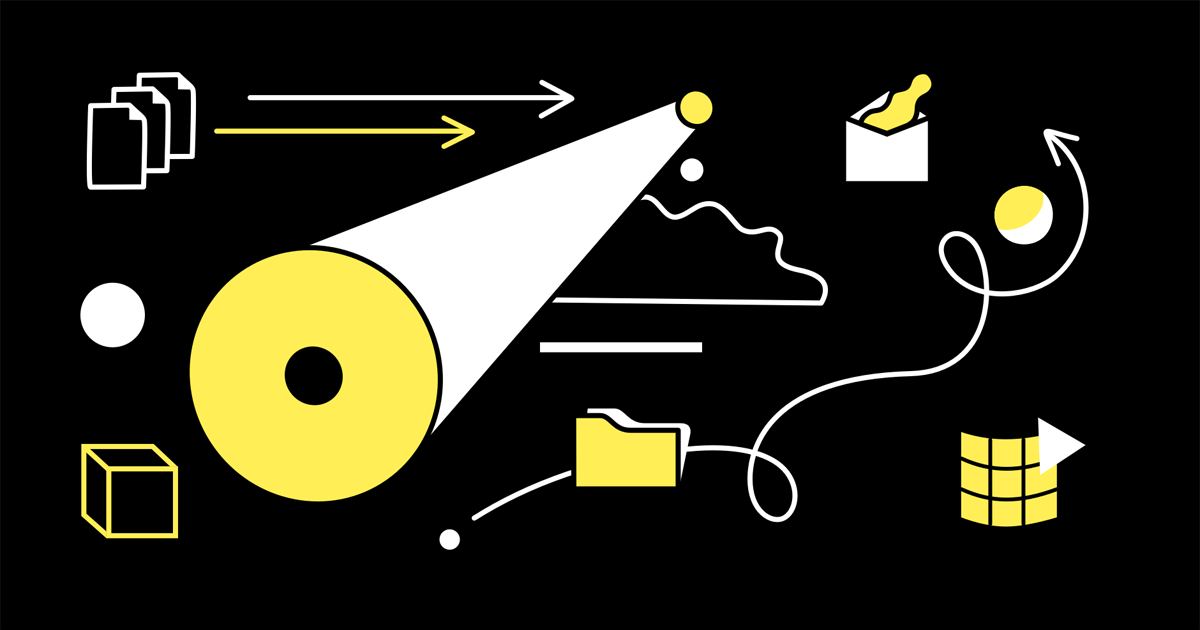Fostering a Collaborative UX Team: Tips from Salesforce, Upwork, Copper Inc.,
and Zendesk
On February 27, we hosted our «Reshaping teamwork» meetup in San Francisco. Together with our guests—Zendesk’s Veevi Rosenstein, Salesforce’s Ben Holland-Arlen, Copper’s Prianka Rayamajhi, and Upwork’s Jessica Drizin—we talked about fostering collaborative UX teams and setting up the right processes to work remotely. Check out the full video recording of our panel discussion, or read the summary of key learnings.

Anna
Savina

Dace
Hines
Choose the right
tools and channels
of communication

Jessica Drizin,
Senior User Researcher
at Upwork
At Upwork, over half of our company is freelancers. We are a large-ish company, so we have formal meetings like weekly product design team and research team meetings, where we share what we’re working on to find opportunities for collaboration.
However, a lot of our communication is very ad hoc, too. If I’m trying to figure out a research plan or put something together, but I’m not 100% confident about a decision, I’ll reach out to my team on an internal chat system called Dash and say, “Hey, do you guys have 15 minutes to brainstorm with me?” We all support each other, so there’s always someone available. Those ad hoc conversations are just as meaningful as our formal meetings.
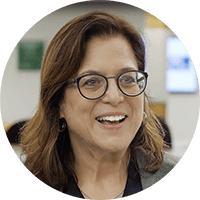
Veevi Rosenstein,
Director of UX Research
at Zendesk
Recently, we ran a design summit in Singapore to work on one of our products. To stay in touch with people in the Bay Area, my colleagues did pre-work using Miro. They had sketched out the user journey, and before they got everybody together, they had people make notes in Miro in their timeframe. Then, when everybody was in Singapore together, they printed that out, put it up on the wall, and got a lot of work done.
At the end of every day, someone on the team took detailed notes in Confluence about what decisions had been made, learnings from that day, and what they were going to do the next day. That way, people who weren’t in Singapore were able to follow along and stay abreast of what was going on. A combination of Miro, Confluence, Slack—it’s a lot of communication, but it made a tremendous amount of difference. It’s already become the new standard.
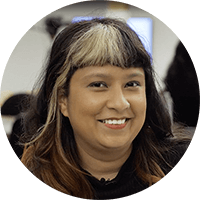
Prianka Rayamajhi,
Product Design Manager
at Copper Inc.
At Copper, I feel like we’re pretty tool-agnostic. Everyone uses something that works for them. However, Miro has been super helpful for my product team to share our mission and vision and say, “Here are the design decisions we’re making, and here is how they connect to our organization’s goals.”
One thing we’re struggling with is having so many different documents within G Suite. With Miro, we were able to create a map of all of our knowledge and research so that we could share it across the team.


Leave time for
meaningful work

PRIANKA RAYAMAJHI
If you don’t know why you’re in a meeting within the first five minutes, get out of there. That’s one of my rules – if I don’t feel like it’s valuable for me, I’ll leave. Also, if I’m unsure about a specific meeting, I always ask, “What is the goal? How can I help?” That gives clarity if I need to be there or not, or if my team does.

JESSICA DRIZIN
My manager shared the 3-1-1 document with me. On a monthly basis, I have three goals that I list out, or maybe even two or one. If I’ve got multiple, I’ll rank them. Anything outside of that is not that important. If I’ve got extra time, great. However, the goals on that list are the things I need to focus on.

VEEVI ROSENSTEIN
I block out time on my calendar to show when I’m busy, and you can try to schedule a meeting, but you’re not going to. It’s about setting boundaries for myself and empowering my team to do the same. Once when one researcher was spread super thin, I said, “I know you want to help everyone, but say no; tell them to come to me, and I’ll get them a contractor.” Designers want to help everyone, and they will put themselves out until they make themselves sick. Having boundaries and being empowered to define them is critical, or you won’t get anything done.
We also have a culture of ‘Work From Home Wednesdays.’ That means there’s not a lot of meetings that day, so people can have at least one day a week where they can expect to get some heads-down work done. That’s helped a lot.
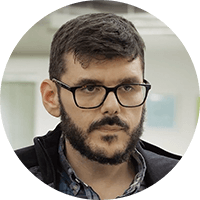
Ben Holland-Arlen,
Senior User Experience Designer at Salesforce
I’m sure many people have this calendar problem where their life is in 30-minute chunks all day long, with a 30-minute lunch. However, you need to have two or three hours of really focused time to get your brain to unwind and wrap yourself around the problem and get involved. So if we’re all working on the same problem, wherever we are – we’ll turn on the camera, have a quick discussion for 20-30 minutes, then keep the camera on for a few hours while we’re working.
It’s been amazing, because it feels a lot more like when you’re working side by side. It’s so powerful, and so simple. When we realized how awesome it is, we felt kind of dumb that we haven’t done it sooner.


Educate your team
and share your insights

JESSICA DRIZIN
Our research team sees ourselves as not just researchers, but coaches and facilitators. A lot of our job is empowering the design and product teams to conduct their research. We help them figure out if they need new research or should go back and look for older inquiries. From there, if there is research that needs to be done, we help them figure out the appropriate methodology, and we coach them a little bit around moderating.
We also started implementing a weekly research review, which is open to researchers and non-researchers, so designers and product managers that want to take more ownership of their research can join in. We listen to what problems they’re working on, any methodology that they propose, and we offer advice around the best methodology, or even if research is warranted at that stage.

BEN HOLLAND-ARLEN
Very often, people feel scared to try new things, especially around UX experience design, getting out and talking to your customers. This year, my team is focusing on hosting brown bag lunch and learns, to teach design thinking and user research internally, so people feel more comfortable and get more involved in the process. I’m not just talking about the design team, but the much larger ecosystem of Salesforce. We try to encourage a comfort level that you can’t just get from talking about a project in a meeting.

PRIANKA RAYAMAJHI
We’re more engaged with our customer success team because they’re on the front lines with our customers. We have a ‘Customer Success Pals’ program, where the product team shares our plans and decisions with our customer success teams, so that they’re prepped, ready, and they know what’s coming. It’s not a perfect process, but we are trying to share as much as we can.

VEEVI ROSENSTEIN
When I joined Zendesk, there were a lot of different people doing research. So we created an Insights Guild: all of the directors or managers meet once a month to sync on what’s coming and share questions we’ve gotten. We also have a shared calendar, so our surveys aren’t cannibalizing each other and we’re not trying to hit up the same people for research.
We created a Slack channel called “Ask Insights Guild.” So now, if someone has a question, they don’t have to figure out who to talk to. Then we’re able to respond by suggesting a research method, or showing that this research has already been done, or whatever it is. That’s still ramping, but people love it when they hear about it.


[rtb_inline_subscription id=”1″ size=”middle” header=”Subscribe to learn more about managing remote teams” button=”black”]
Develop your
leadership skills

JESSICA DRIZIN
My advice for aspiring UX leaders is just one word – empathy. I’m not just talking about empathy for the users, but empathy for everyone who is involved with the team. For example, researchers and designers are slow, deep thinkers—but when you’re working with product managers and they’re making quick decisions, empathizing with that style of thinking helps you collaborate better.
Also, when you’re working with a distributed team, have empathy for them as well. If someone is on the other side of the world, your working day might be in the middle of the night for them. If someone is working from home, it might be because they have a sick kid. Have empathy for those situations.

BEN HOLLAND-ARLEN
More and more companies are wising up to the fact that they need UX resources, but they don’t 100% know what to do with those resources once they get them. So be kind, be empathetic, be flexible, be patient. Focus that frustration towards helping your internal stakeholders understand why they hired you and showing the business value.
One thing that always helps me is the story of James Dyson, the guy who invented the Dyson vacuum cleaner – he made 5127 prototypes over 15 years. He’s now one of the richest men in England with a net worth of over $5.7 billion, so keep going.

VEEVI ROSENSTEIN
Persistence is essential. If you shop an idea around and people say no, that doesn’t mean no—it means you keep selling it until you get your point across. Sometimes it takes a couple of years for things to get from a research insight into a product feature. If you have a process change, it may just take a while before you get the right people interested and ready to adopt it. Don’t take it personally when someone doesn’t like your design idea. Just figure out how to tweak it and keep trying.
Measuring success

PRIANKA RAYAMAJHI
We ask ourselves, “How do we measure success?” Is it through qualitative or quantitative means, or both? We like to use a lot of lean frameworks. We build a hypothesis out initially, and then check our assumptions along the way. You constantly go back to your hypothesis, and you say, “What did we learn?” Then rinse and repeat. You constantly have to iterate on design.

JESSICA DRIZIN
For my research team, goals are subjective. When my research is used, whether it’s to make decisions or to build empathy with users—that’s my measure of success. Or for example, today a product manager started running her own research. She conducted her interviews, wrote a discussion guide with very minimal support from me, and that was through coaching on a previous project that we worked together on. So that’s something I would consider a success as well.


